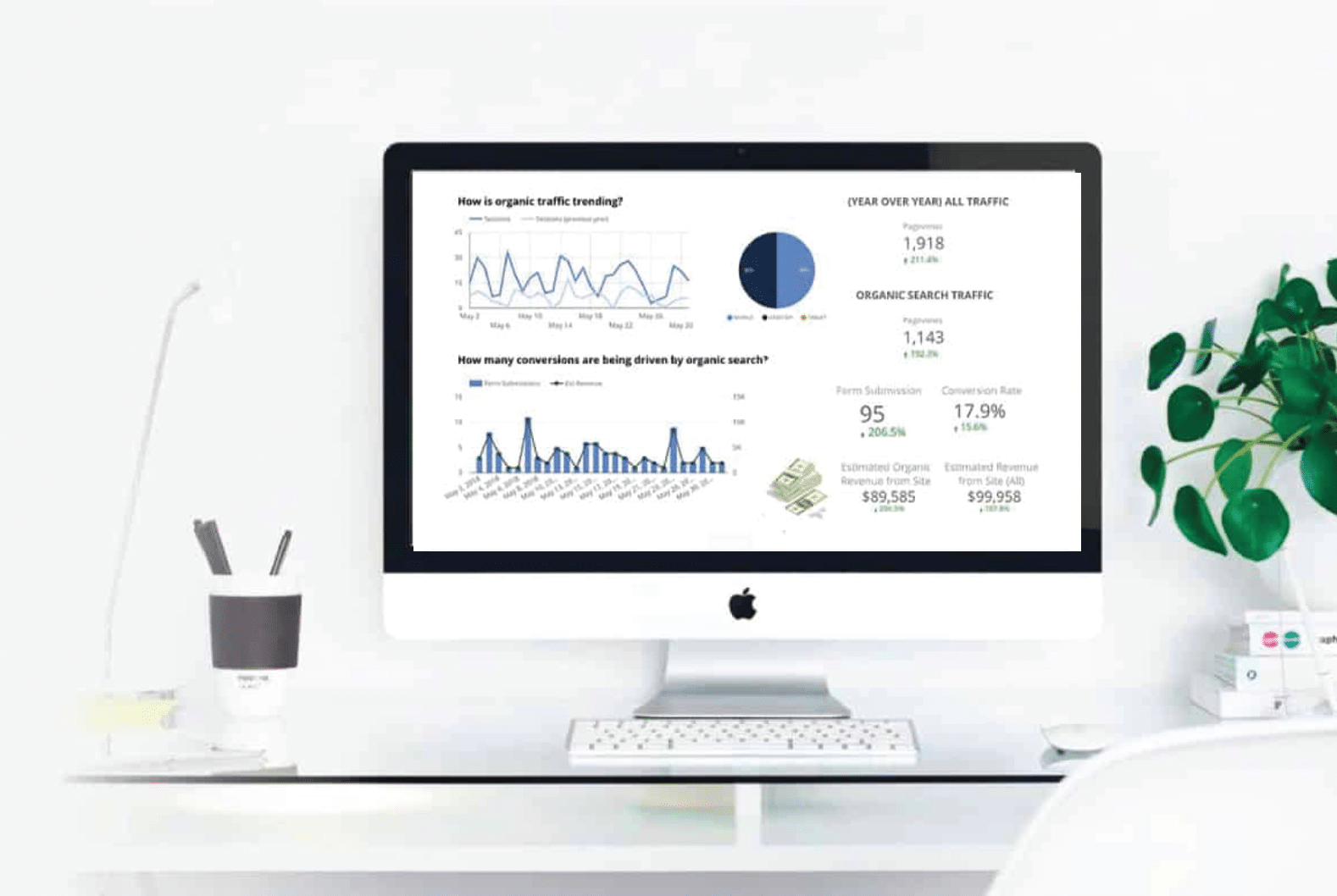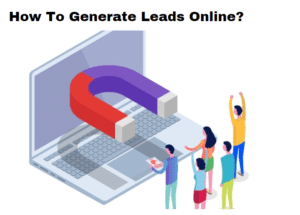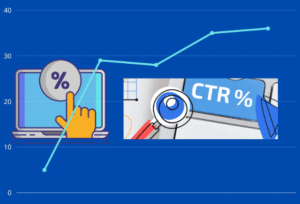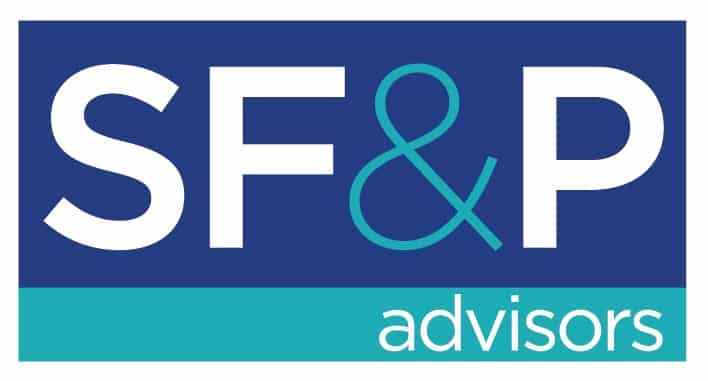
Conversion Rate Optimization for Contractors
The problem with redesigning your website from scratch is that it doesn’t often fix the original issues. You need DATA-DRIVEN testing on a regular basis to iterate and improve it, rather than starting over and hoping the holes get plugged in the next go-around.
- A/B Testing based on expert theories
- Record website visitor behavior, and improve based on it.
- Heatmaps, User-testing, Persona’s and more!
100+ 5-Stars

Award-Winning

Industry-Vetted

WHAT IF INSTEAD OF 1 out of 100 people on your site becoming a lead, 2 out of 100 did?
Just getting more traffic is not enough.
We believe in improving the amount of people turning into customers that visited your site as well.
- First of all – we know because we monitor many sites on a monthly basis and are responsible for creating more leads. Being ‘on the hook’ for this kind of work has allowed us to identify the kinds of changes that move these numbers upward – sometimes in dramatic fashion.
- Ultimately – we want our changes to be measured, appropriate, and tracked over time – that’s why we use a combination of Google Analytics, and other testing tools that are best in the market for their functionality – all to drive your conversion rate up in a systematic fashion with testing and iteration based on decades of combined UX, CRO, design, and development experience.
Contact Us Now
Want to get this party started? Let’s talk content!
How long does it take to get results?
We generally say – 6-9 months for a clear upward trajectory on traffic or 9-12 months for obvious R.O.I.
How much does it cost?
Our SEO services aren’t the cheapest, but we know what works for home services + contractors. SEO is for people serious about turning their website into a traffic magnet. Contact us for pricing.
What makes Hook SEO services different?
We pride ourselves on being the ‘best SEO company in the world that ONLY does SEO for contractors.’ All of our systems are built around getting you more leads, and saving you time – with a business owners mentality.
WE KNOW HOW TO MAKE REGULAR IMPROVEMENTS THAT IMPROVE YOUR BOTTOM LINE
It’s crazy that some people scrap their entire website – when ultimately they should be doing ‘Conversion Rate Optimization’.
You may think redesigning is going to fix the problem – but it often fixes a few big aesthetic problems but leaves many of the underlying issues un-addressed. Wake up and stop re-designing your website every 2-3 years and put in the work to set up a ‘Conversion Rate Optimization’ habit now.
Ultimately – it comes down to this:
Have you ever gone on your company’s website and thought to you yourself – “I’m not sure if I would buy from us either.” Imagine a future where you were steadily, and regularly making site improvements based on data. Contact us today – to take a very solid and concrete step towards that future.
Our Process
- Quick intro call
- Strategy Meeting + Proposal
- Targeting Kickoff + We start work
- 1 month – Workshop + Revision
- Monthly reporting rhythm
Commonly Asked Questions
How can I increase my conversion rate now?
Sometimes the changes are easy and obvious to and outside trained eye, but we love to put in tracking and A/B testing to support our theories with data. Here are some examples of low-hanging fruit.
Obvious call-to-actions.
Trust Factors.
Badges and awards.
Fast/Free Shipping, and Free Returns.
Pictures of your team.
A better mobile experience.
What Conversion Rate Optimization tools do you use?
These are always changing based on cost-effectiveness, and the specific situation at hand, but a few that have been useful for us pretty consistently are:
Optimizely
Google Optimize
UserTesting.com
Inspectlet
HotJar
If you have a tool that your company would like to use – we can help implement on your behalf.
Are you able to design and develop new functionality as part of this retainer?
Absolutely.
We are specialized in WordPress development, but can also work with internal development teams, internal design teams, or other partners of your company – based on the needs of the project or ongoing engagement.
We are insanely good at effective, conversion-centric web design – and often help people increase conversions 30%+ or more year over year, as well as being extremely agile and effective on the WordPress development front as well.
Is Conversion Rate Optimization more cost effective than a redesign?
Conversion Rate Optimization is focused on effectiveness
You may have an old design that is still solid but needs tweaks to make it as effective as it possibly can be. Conversion Rate Optimization as a process doesn’t scrap websites for new ones all the time, but rather progressively enhancing and using analytics and AB Testing to keep what’s working objectively.
Our entire process is built around business goals
We are not in the business of wasting people’s money, and so every project I take on I try to make sure I’m really going to make a business’ money. Whether it be iterative testing and ongoing enhancement, or a single project to modify and enhance anything that hasn’t been converting well – I’m prepared.
If you’re not funneling 20k into your website every time you need to make a shift, you’re much more likely to get the things done that need to be before the website is out-dated. To me, it’s always about determining whether CRO or a full overhaul is necessary, and then taking it from there.
We start with Conversion Rate Optimization best practices
Many sites do not have enough traffic to get full statistical significance from A/B tests, but we can apply what I’ve learned from previous tests and apply some best practices right off the bat. We can add trust factors such as badges and testimonials and decrease friction where possible on your current site.
How does Conversion Rate Optimization make me more money?
We’ve been able to track changes in revenue on some projects
In one month, the changes we made (adding trust factors next to an add to cart button,) made a $5,000 difference. Considering the work we’re doing was about $1,000 that month, that a 5x return on investment. We’re not shy about mentioning the fact we think our work is really worth something and it is.
We track conversions on projects and see significant shifts
Each conversion, whether it be a checkout or a contact form submission, represents real money. For some 1 in 5 contact submissions turn into a 30k client – that would mean each submission was worth on average $6,000. You better believe they will make an investment to make the overall number of submissions go up.
Some people come to us with existing changes they want
Because we have years of experience A/B testing and User testing, we never just want to be a technician mindlessly working, we want to be a partner and a problem solver. With this in mind, we are open to engagements where you already have some changes in mind for your site, as long as we’re considered a partner and problem-solver as well.
We’re intent on adding value to every project we work on
So we don’t feel the best use of people’s money is hiring a web designer to just wield photoshop, but to be there pushing to make the business and the website more effective. That is our mindset for projects we work on, and why we’re so adamant that people we work with consider it a partnership when starting a new venture.
What are 10 A/B tests you could try to get more contact submissions?
1. Test how long or short you can make your contact form.
The number one thing people who haven’t done a lot of work optimizing contact forms should try is removing form fields down to the bare minimum to get people in the door. But it also can be interesting to allow people the option to add more information and see how people react to it. Generally, the rule is ‘less means more’ submissions when it comes to contact forms.
2. Test your submit button copy.
Remove the potentially weird ‘Submit’ for a softer ‘send message’ or ‘get a free consultation.’
3. Test getting rid of field bottlenecks like asking visitors for their phone number.
It’s scary for some people to reach out online, especially in a world of junk mail, sales calls, and random people pestering us… particularly for executives who are bothered every day, so this is even more important for B2B companies looking to get their foot in the door. Lose the Phone number fields for better results, or at least test making it optional.
4. Test adding a little block of helper text next to the contact form to explain the process.
Sometimes people might want to know what the process is after your company receives the contact form, or how you implement on the free consultation or whatever and adding a little explainer text (perhaps in a little outlined box or something) next to the form will help some people over the communication hump and on into your sales funnel.
5. Test the headlines above your form.
Explain the value proposition for why they’d contact you, or say it in a new way and see what verbiage gets the best results.
6. Test putting the form in a different place on the page.
If your form is normally on the bottom right of the page, try testing it on the top left, or vice versa.
7. Test having a little privacy policy link, indicating security next to the submit button.
Some people don’t feel comfortable submitting their info online, and adding a little text that tells them their information is safe can be helpful, particularly depending on the demographic. Older people generally appreciate more indications of privacy protection.
8. Test reminding them of a feature or guarantee right after the button to decrease friction and help them take the next step.
9. Test-taking advantage of the hidden benefits of ‘copy blocking.’
Copy blocking means placing larger text, then medium text, then smaller text all in a sequence that keeps them reading and doesn’t lose eyes. Copy blocking is the reason the test below’s results surprisingly skewed in the direction of version B (38% higher conversion rate.) Utilize this on your contact page, or area and see if you can get similar results.
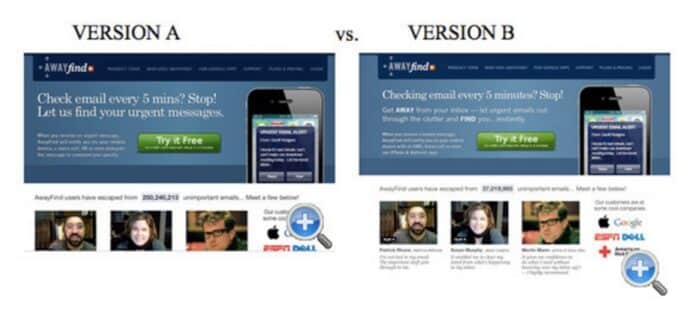
10. Test adding different badges, trust factors or social proof around the contact form.
Better Business Bureau, social indicators such as reviews or testimonials, and badges and guarantees look great on business especially when they have a high-quality, branded feel. Sprinkle on liberally or test adding different ones to see what works most effectively.
What is a conversion? How do you increase them?
Is your goal to sell more products?
You may understand the meat and potato’s of your business, but E-commerce is evolving and changing. Some businesses sell products but need to consult with the person buying not just push them to ‘add to cart.’ Many things stand no matter what though. The prime differentiation and story needs to be shown visually and certain trust elements need to be prominent.
Is your goal to get more contact form submissions?
Many businesses website serves as a way to explain their service online, and needs to be built to attract visitors as well as conversions. When someone gets to the moment where they could take the next step or leave – there are actually small things you can do to make it more likely for them to take the next step, and it’s not as mysterious as you might think.
Selling more products with E-Commerce background
Some of the first sites I designed were E-Commerce, and under the tutelage of a e-commerce marketing manager for 10+ years focusing on best practices and A/B tests. So as I finished designs, we went back to the drawing board to tweak, modify and enhance those designs for the best conversions. I went on to A/B test on other clients while tracking revenue. This changed my design process.
Getting more contact form submissions by gaining trust.
We love tracking conversions while making changes, it’s allowed us to objectively get better and better and take the results of each test and apply them to future tests, designs, and design tweaks we make on any other Conversion Rate Optimization clients. If you’re interested in wielding what we’ve learned for your businesses website, contact us now.
Are You a Home Service Business Who Wants to Increase Your Qualified Leads?
Contact Us Now100+ 5-Stars

Award-Winning

Industry-Vetted






